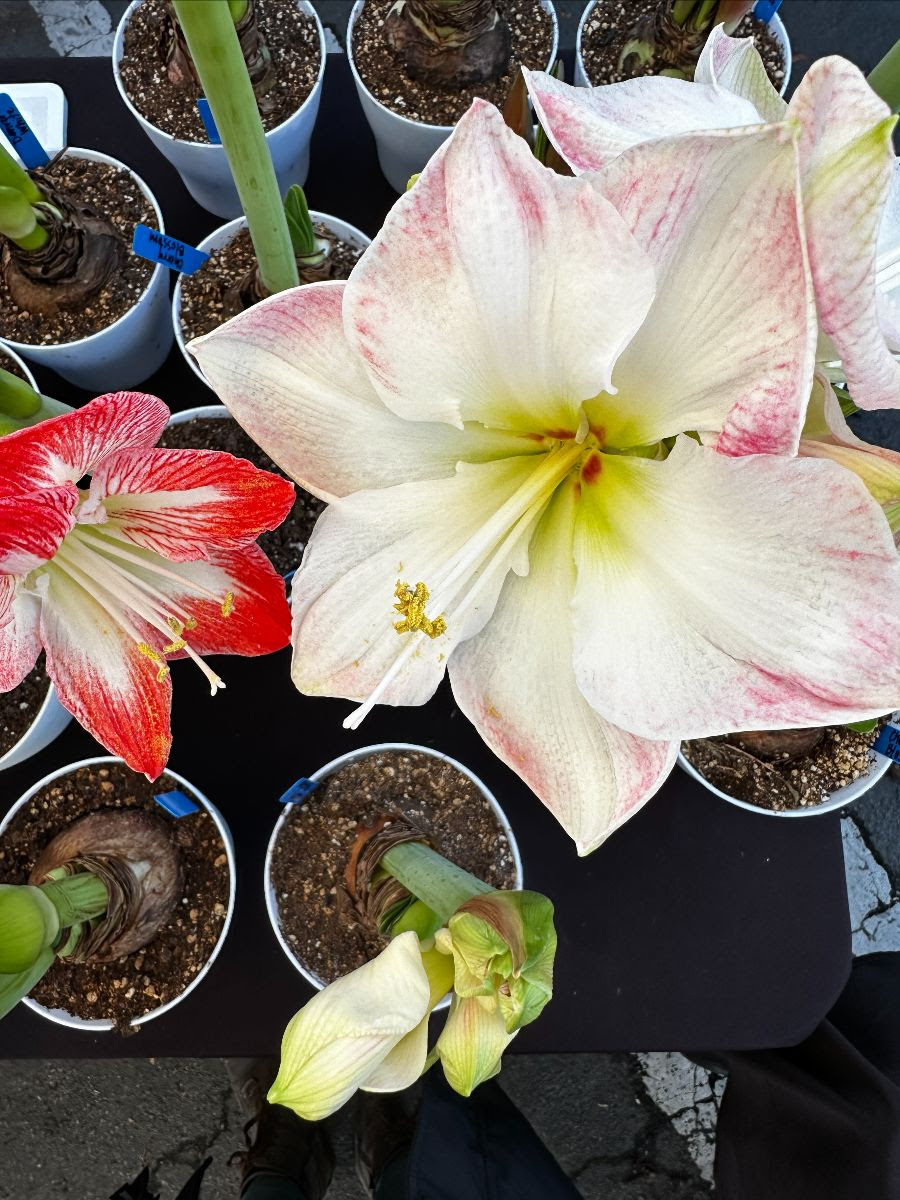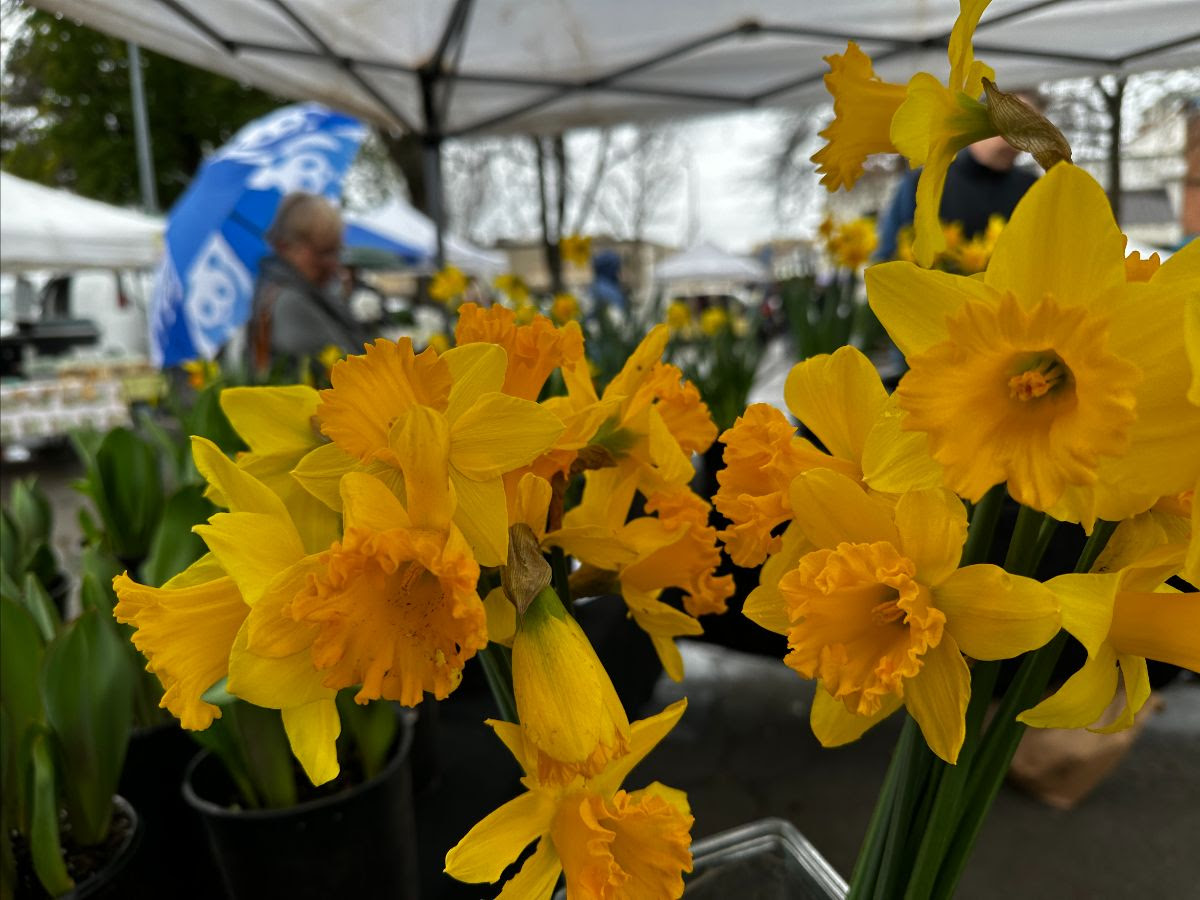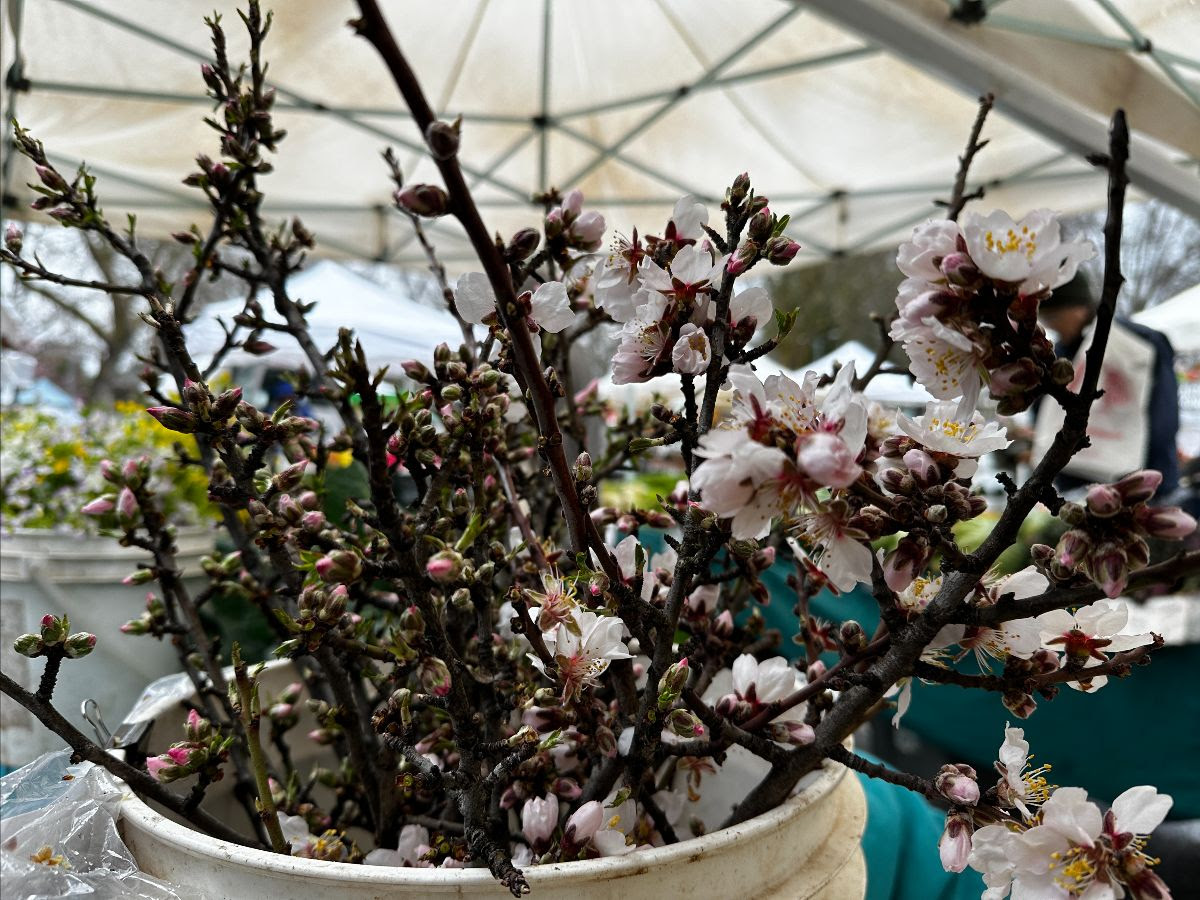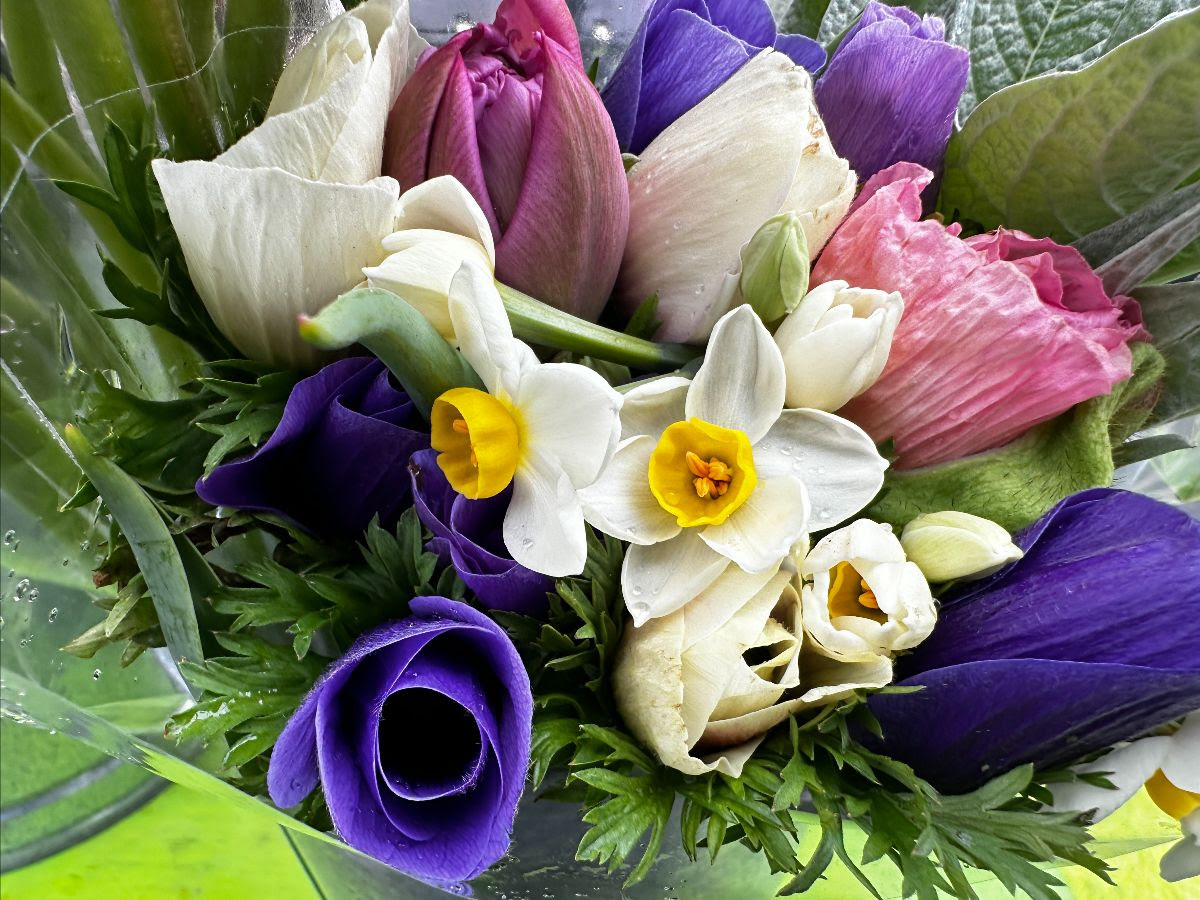People have been giving and receiving flowers for thousands of years. Today, we give flowers as a token of love, to celebrate a special occasion, to express sympathy, or simply to brighten someone’s day. Sometimes we pick certain flowers to represent certain things, like a bouquet of roses on Valentine’s Day, or lilies at a funeral. Most often we choose whatever bouquet we deem prettiest, or whichever flower is the receiver’s favorite. What you might not know, is that flowers were once a language, each kind holding a different significance and meaning.
In the days of ancient civilizations such as the Egyptians, Greeks, and Romans, flowers were associated with specific gods and goddesses and were frequently used in celebrations, rituals, and as offerings to these deities. The earliest use of floriography, which is the technical term for the language of flowers, is in Persia. There they used flowers as a means of non-verbal communication, which caught on and spread into the Ottoman Empire and the Middle East.
Floriography became popularized in England after it was introduced in the 18th century by Lady Mary Wortley Montagu, who had picked it up on a trip to Turkey. It became most popular during the 19th century, the Victorian era. During this time, strict societal norms and etiquette governed interactions between men and women. Expressing emotions openly was often frowned upon, so individuals turned to the language of flowers as a way to convey sentiments and emotions discreetly. Entire dictionaries were published, detailing the meanings associated with different flowers and floral arrangements.
In floriography, each flower has a specific meaning, with factors such as color, size, and arrangement also influencing the message conveyed. For example, a red rose symbolizes romantic love, while a yellow rose represents friendship. Similarly, the presentation of flowers, such as the direction of the blooms or the inclusion of specific foliage, could alter the intended message.
Floriography was used not only in personal relationships but also in various social contexts, such as courtship, friendship, and even political communication. It allowed individuals to communicate sentiments ranging from love and admiration to disdain and rejection, all through the exchange of carefully selected flowers.
While the popularity of this language decreased after the 19th century, it is still used today in gift-giving, floral arrangements, and symbolic gestures to add extra meaning and romanticism to floral gestures. At this time of year, flowers are beginning to bloom anew, and bouquets galore can be found at various stalls all across the market. Read on to see what flowers are currently available, and what meaning they hold.

Anemone – Forsaken/Fading Love, and Expectation
This flower when given can represent the anticipation or expectation of something to come. It can also represent love that is waning or has been forsaken.

Amaryllis – Pride, Splendid Beauty
Amaryllis’s tall, strong stems and vibrant blooms convey confidence and resilience, inspiring their meaning of pride, determination, and strength in floriography. This flower is also strikingly beautiful, and thus also represents splendid beauty and grace.

Daffodil – Renewal, Hope, New Beginnings
Daffodils are often associated with the arrival of spring and the end of winter, representing the emergence of new life and growth after a period of dormancy. They convey sentiments of hope, optimism, and the promise of better days ahead. Additionally, daffodils can symbolize eternal life and immortality due to their ability to bloom year after year. Overall, the giving of daffodils is a gesture of encouragement, positivity, and the anticipation of positive changes or new opportunities.

Hyacinth – Varies by Color
Hyacinths come in many colors, each conveying a different meaning:
- Blue Hyacinth: Blue hyacinths are often associated with sincerity and constancy. They can convey feelings of trust, loyalty, and fidelity. Additionally, blue hyacinths may symbolize peace and tranquility.
- Purple Hyacinth: Purple hyacinths are typically associated with sorrow, regret, and apology. They can be used to express apologies or to convey feelings of sadness or regret for a mistake or wrongdoing.
- White Hyacinth: White hyacinths symbolize purity, innocence, and sincerity. They are often associated with purity of intention and can be used to convey feelings of heartfelt sincerity or admiration.
- Pink Hyacinth: Pink hyacinths are often associated with playfulness, joy, and happiness. They can convey feelings of affection, friendship, and lightheartedness.
- Yellow Hyacinth: Yellow hyacinths symbolize jealousy or envy. They can be used to express feelings of jealousy or to convey a warning about jealousy or mistrust in a relationship.

Cherry Blossom – Trasience, Beauty, Renewal
Cherry Blossoms have a short blooming period, serving as a reminder to cherish beauty in the present moment. They also represent beauty and renewal, as their blossoming comes at the start of spring, and brings the promise of fresh starts and new opportunities.


Whether you seek to give flowers with a special secret meaning, or simply want to bring a little piece of beauty home, the Chico Certified Farmer’s Market has you covered. Next time you stop by one of our markets, pick up some flowers! But be careful before you choose one to give away – you might say more than you mean!
